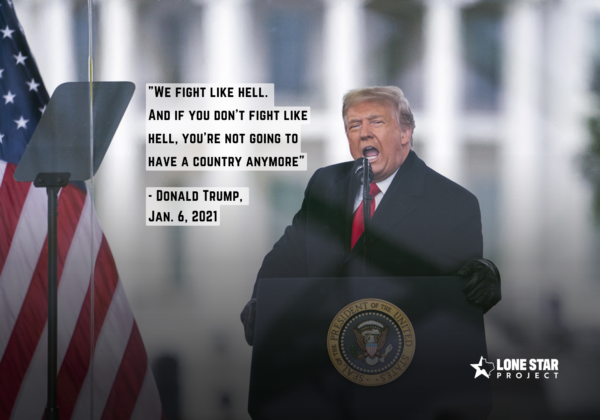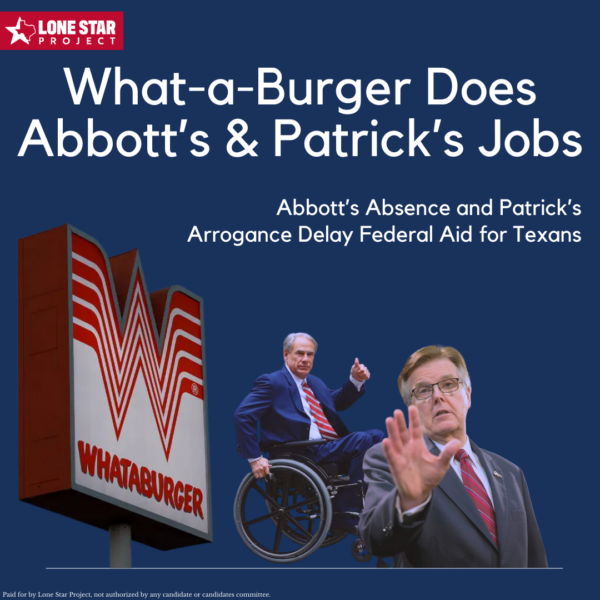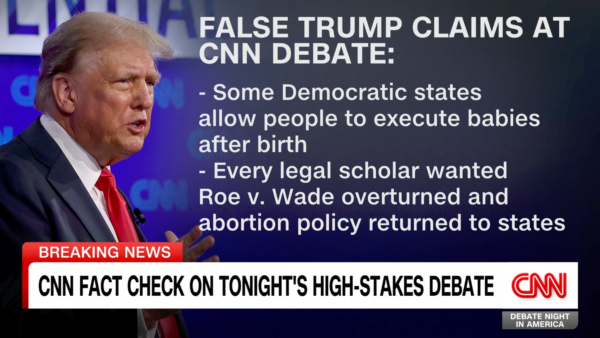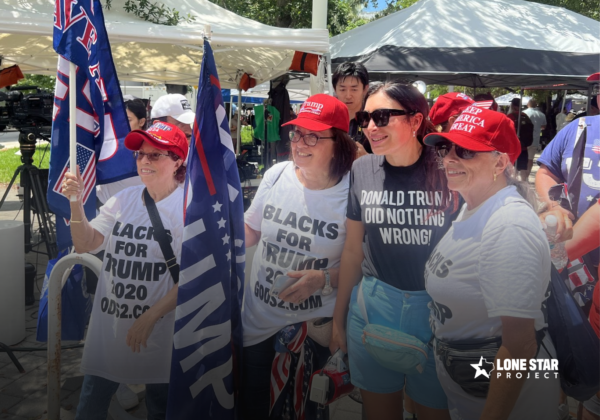Public Policy Polling (PPP) surveys are particularly suspect, with the most damning assessment provided by respected political survey analyst Nate Silver just last year.
Whether positive or negative to their favored candidates, public polls will be ignored or, at best, discounted as legitimate measures of the race by professionally run competitive campaigns. Here are three reasons why:
- Geographic and Demographic Inaccuracy
The respondents included in many public polls don’t reflect the geographic or demographic make-up of the electorate. At best, they key off of turnout from a previous cycle election but fail to accurately predict the current cycle turnout. The campaigns themselves, carefully calculate the likely make-up of the election turnout and take into account their own activities that effect turnout. - Respondents are provided too broad or too little information
Public polls questionnaires usually include simple head-to-head questions and sometimes more general questions on issues. Polls conducted by campaigns to accurately measure public attitudes ask questions that replicate the messaging of each candidate and, in effect, simulate the election underway, emphasizing both the positive and negative attributes of each candidate. - Partisanship overstated for Anglos, understated for minorities
In Texas polls, Anglo respondents often default to the GOP candidate at a higher rate than their actual vote on Election Day absent other compelling information about the particular candidate. Conversely, African Americans and Hispanic voters often respond with “undecided” on a poll but then opt for the Democratic candidate on Election Day, after being informed about both candidates.
For media consumption, campaigns will tout public polls that are favorable to their candidates and slam those that aren’t. But, keep in mind that professionally run campaigns in Texas this cycle – like Davis v. Abbott and Van de Putte v. Patrick (yes, we are calling it for Dan Patrick) – will disregard most public polls as any accurate measure of progress or voter opinion. They will wisely rely on their own more informed and more detailed internal polling.



